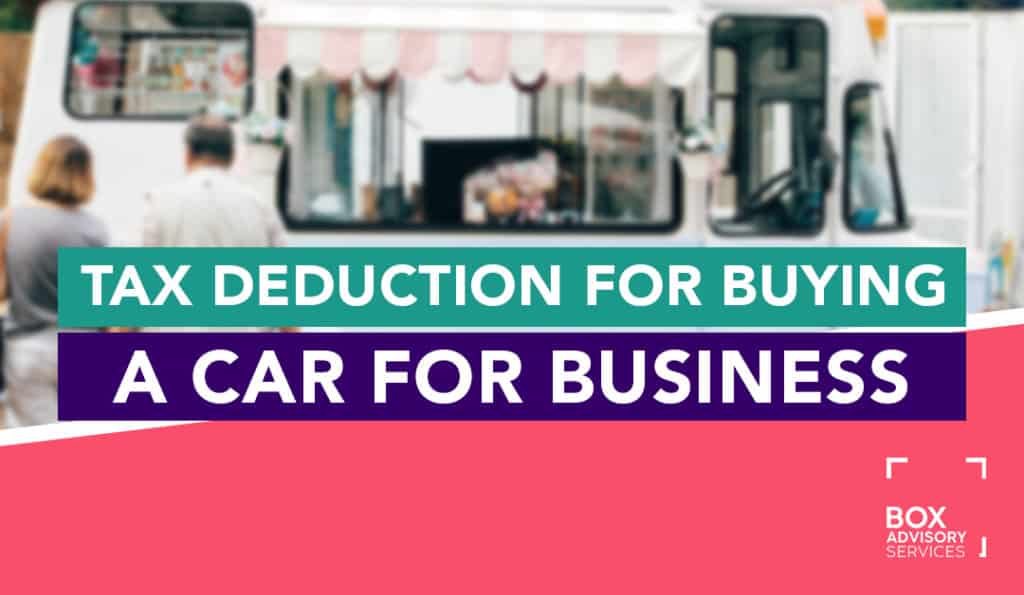
BY
|
Partnership for Business in Australia: What You Need to Know
Are you looking to set up a partnership for your business in Australia? Partnerships are a popular choice for entrepreneurs who want to share the load, combine skills and grow their business together. In fact, 97% of Australian businesses have less than 20 employees, so partnerships are a great structure for many entrepreneurs.
In this article, we will cover the basics of partnerships, the different types, benefits, challenges, setup process and key considerations for Australian business owners. Let’s get started!
What is a Partnership?
At its simplest, a partnership is a business structure where two or more individuals (up to 20) operate a business together. Unlike companies, partnerships are not separate legal entities. This means the partners share the profits, losses and liabilities of the business personally.
There are three types of partnerships in Australia:
- General Partnership (GP): All partners have equal management rights and unlimited liability for debts.
- Limited Partnership (LP): Has general partners with unlimited liability and limited partners whose liability is capped at their investment amount. Limited partners are usually passive investors.
- Incorporated Limited Partnership (ILP): A hybrid structure with some partners having limited liability but at least one general partner with unlimited liability.
Benefits of a Partnership
Partnerships offer many benefits:
| Benefit | Description |
| Cost-Effective Setup | Partnerships are cheaper and easier to establish compared to companies. |
| Shared Resources | Partners can pool financial resources, skills, and expertise. |
| Income Splitting | Profits are divided among partners, potentially reducing individual tax burdens. |
| Flexibility | Partners can decide how to manage the business without rigid reporting rules. |
| Shared Risk | Financial risks are distributed among all partners. |
By combining forces, partners can use each other’s strengths, capital, and networks to get the business up and running faster than if they were going solo. Income splitting is also a big tax benefit as it can keep individual partners in lower tax brackets.
Downsides to Consider
While partnerships have many benefits, it’s worth considering the drawbacks:
- Unlimited Liability: In general, partnerships are personally liable for business debts, which can put personal assets at risk.
- Disagreements: Management decisions, direction or workload can cause tension in partner relationships if not addressed upfront.
- Shared Profits: Profits must be split among partners, which may not align with everyone’s financial goals or expectations.
- Dissolution: If a partner leaves or dies, the partnership must be dissolved and reformed with a new agreement unless succession plans are put in place upfront.
Open communication, defined roles and a partnership agreement are the keys to navigating these challenges.
How to Set up Your Partnership
Ready to get started? Follow these steps to set up your business:
1. Choose Your Structure
Choose between a GP, LP or ILP based on your desired liability and business goals. Consult with legal and financial advisors to decide.
2. Draft a Partnership Agreement
While not compulsory, a written partnership agreement is essential. It should outline each partner’s roles, responsibilities, profit shares, decision-making, and dispute resolution processes. This document will help manage expectations and prevent future conflicts.
3. Register Your Partnership
To be legal, you will need to:
- Get an Australian Business Number (ABN) and Tax File Number (TFN).
- Register your business name with ASIC unless you use the partners’ names directly.
4. Banking and Licences
Open a separate bank account for your partnership’s finances. Check if you need any industry-specific business licences via the ABLIS tool.
5. Tax Obligations
Partnerships don’t pay tax as an entity. Instead, each partner reports their share of income on their individual tax return. However, the partnership itself must lodge an annual partnership tax return.
By following these steps, you’ll be set up for success.
FAQs
What’s the difference between a partnership and a company?
The main difference is that a partnership isn’t a separate legal entity, so partners are personally liable for debts. Companies are separate legal entities where shareholder liability is limited to their investment.
Do I need a written partnership agreement?
A written agreement isn’t compulsory, but it is highly recommended that each partner’s roles, profit shares, and dispute resolution be outlined. It will help prevent future conflicts.
Can I change my structure later?
Yes. Many partnerships convert to companies over time as they grow or need the liability protection of a company structure. Work with your accountant and lawyer to make the transition smooth.
How are partnership taxes handled?
Each partner pays tax on their share of net business income on their personal tax return. The partnership itself lodges an information tax return but doesn’t pay income tax directly.
What happens if a partner wants to leave?
The partnership must be wound up and re-formed with a new agreement unless the original partnership agreement includes provisions for partner exit.
The Bottom Line on Partnerships
Partnerships are a flexible and cost-effective way for Australian entrepreneurs to start or grow a business together. Partners can fast-track their business success by sharing resources, splitting income, and sharing management responsibilities.
Just choose your structure wisely, draft a good partnership agreement and register your partnership with the ATO and ASIC. Of course, partnerships have some downsides, like unlimited liability and management conflicts, which must be weighed against the benefits.
Get in touch if you’re considering a partnership for your Australian business. We can help you set it up for success. A partnership can make your entrepreneurial dreams a reality.



